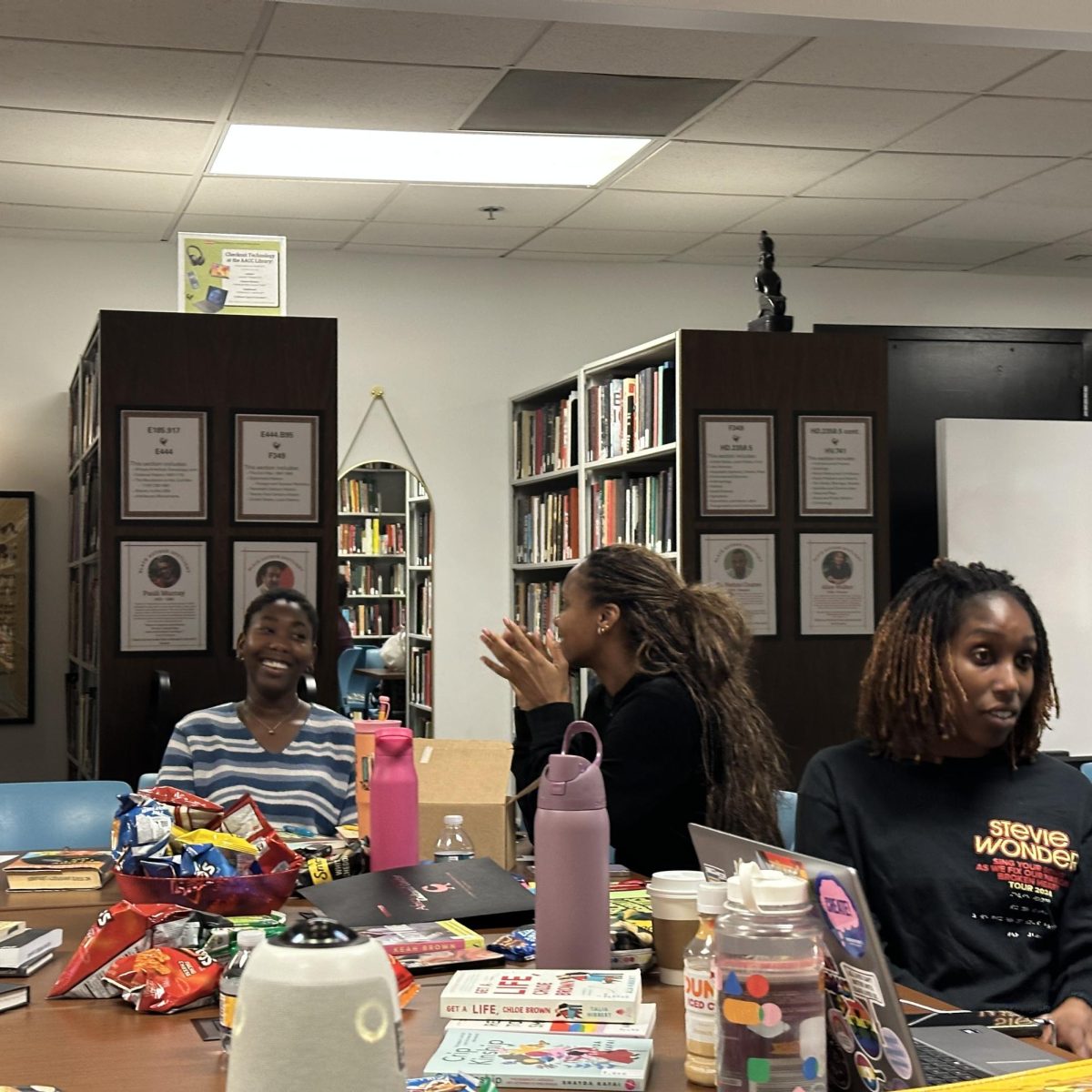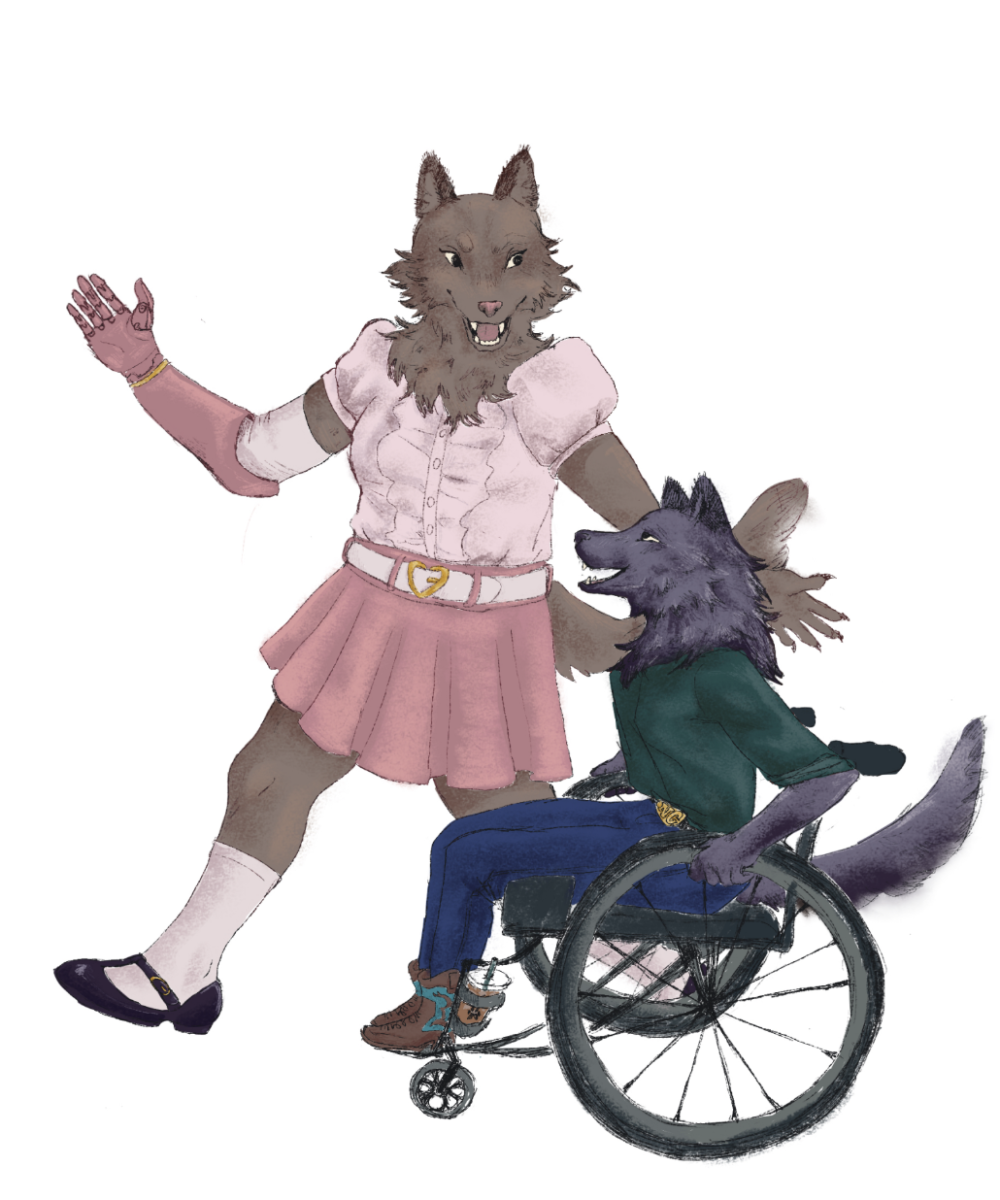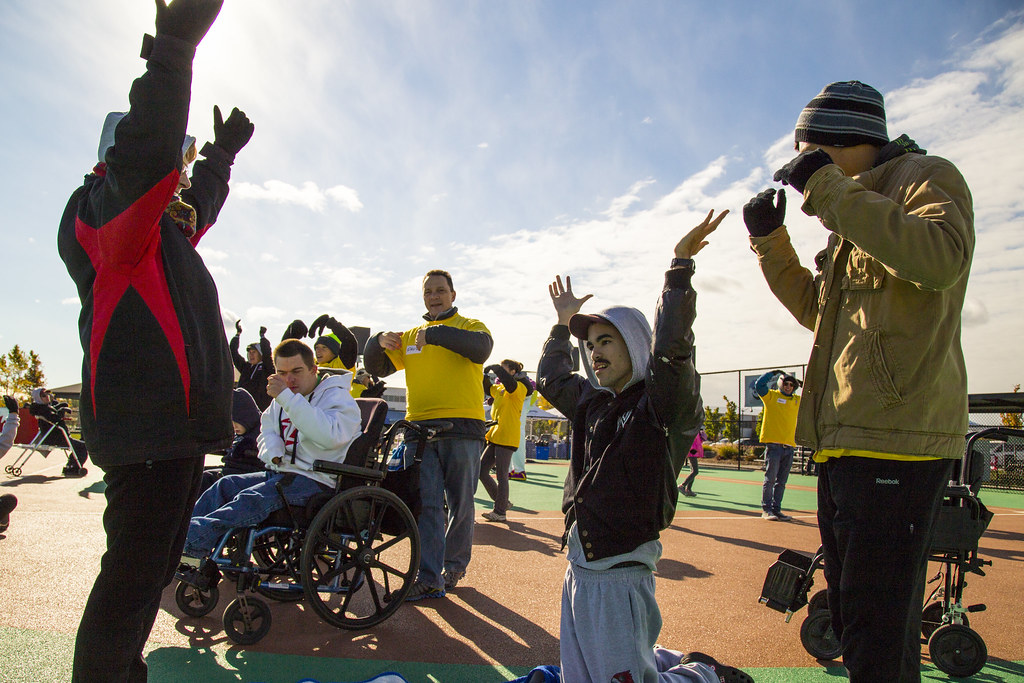In the midst of fashion week, many are left with a particularly worrying theme: the runway once again seems to be lacking in
body diversity.
Speaking in regard to Jason Wu’s recent runway show, Chief Fashion Critic at the New York Times, Vannessa Friedman, said in a tweet, “even I am distracted by the extreme skinniness of many of the models.” Further into the tweet thread, Friedman called the discussion of size inclusivity in fashion “more lip-service than actual.”
To those who have not been paying attention, the seeming return to the model look of the ‘90s, when “Heroin Chic” ruled the runways, may not be all that surprising. In a TikTok, model Jourdan Daniels said “I’ve been seeing videos of people saying ‘skinny is back” which she calls “terrifying for all of us.”
So, after what seemed to be a continuous movement towards more body diversity on the runways, why do they seem to be backsliding now?
Depending on who you ask you could get a wide range of answers. However, as Rosalind Jana at Dazed writes, “many lay blame at the feet of the current 00s revival.” The return of fashion trends such as low-rise skirts and jeans, ‘whale tails’, crop tops and the ‘ultra mini’ mini skirt, which show off more of a person’s figure, are often made without inclusive sizing.
The high fashion brand Miu Miu’s mini skirt, for example, gained almost instant virality and was seen on the likes of actress Nicole Kidman for Vanity Fair’s 28th annual Hollywood Issue, actress Zendaya for the cover of Interview Magazine and model Emily Ratajkowski. While plus-size model Paloma Elsesser was seen on the cover of i-D in the skirt as well, as Yahoo notes, her skirt was a custom one, and the brand doesn’t actually make the set in her size.
Additionally, while curves, Brazilian Butt Lifts (BBL) and the aim for a ‘perfect hourglass’ figure were seemingly all the rage in recent years, they seem to be out once again with the resurgence of all things 2000s.
While the look of many runways this season seemed to reflect these shifts, with noticeably fewer plus-sized or curvy models, not all of the Fashion Week runways have been missing the mark in terms of body diversity. Sinead O’Dwyer’s show had multiple plus-size models, in addition to a model in a wheelchair, another kind of body diversity we rarely see featured or discussed in the fashion industry, and even featured a visibly pregnant model.
In addition, O’Dwyer’s show was very diverse in terms of model’s race and complexions. Designer Di Pesta’s show featured many curvier models as well, and designer Karoline Vitto “built her collection with bigger bodies in mind.”
This is all important because the fashion industry, its trends and what it presents as ‘in’ and ‘stylish’ trickles down, impacting everyday consumers. As Mikayala Rooney at Daily Collegian states, “the runway provides a starting point for what retail clothing will look like.” If runways cast plus-size models aside again with non inclusive sizing or designs, this could very well affect the clothing and clothing options that we all see in stores. With the average American woman being between a size 16 and 18, having sizes that they can actually wear in styles that are comfortable for them is crucial.
The ideals and cyclical body trends, perpetuated in part by the fashion industry, may negatively impact the young women the industry so heavily aims at. It could cause them to think their bodies are not fashionable or that they need to change to fit into other standards. Joan Jacobs Brumberg, author of “The Body Project” a book that explores the experience over time of life in a young woman’s body, Joan Jacobs Brumberg, discusses this idea. She says “with store-bought clothes, the body had to fit instantaneously into standard sizes that were constructed from a pattern representing a norm. When clothing failed to fit… young women were apt to perceive that there was something wrong with their bodies.”
Going forward, hopefully more designers will realize as O’Dwyer, Pesta and Vitto do, that aesthetics and fashion trends should be and are for everyone, regardless of their bodies, and
therefore should be accessible for,
and shown on all.
Originally Published 3/9/23







